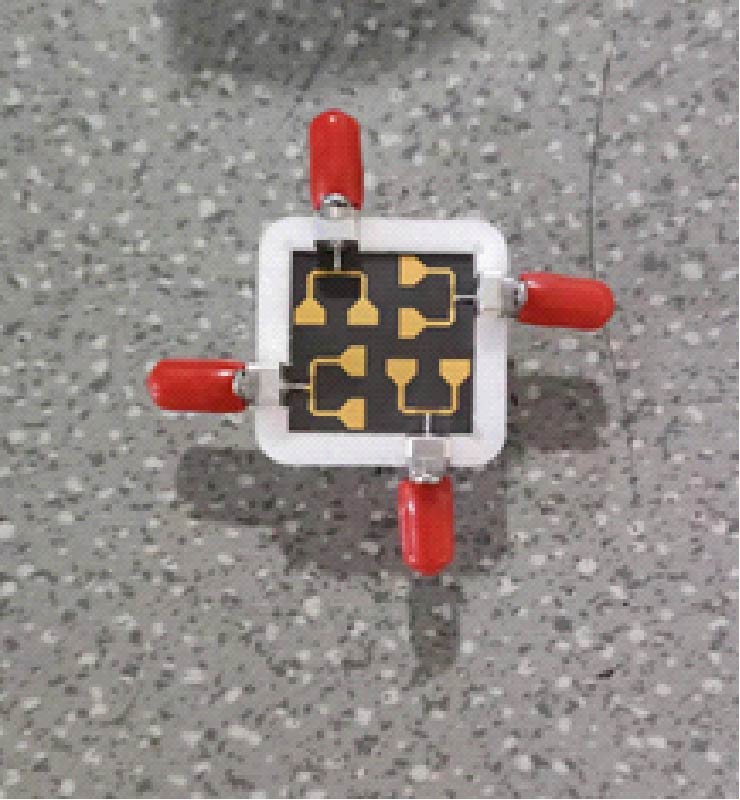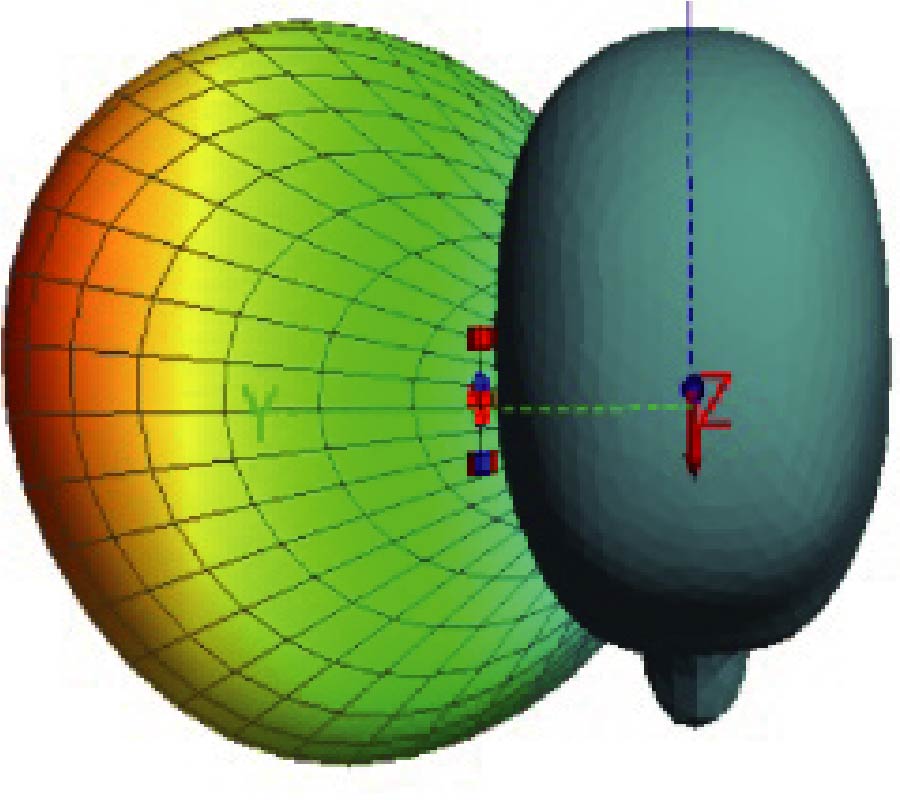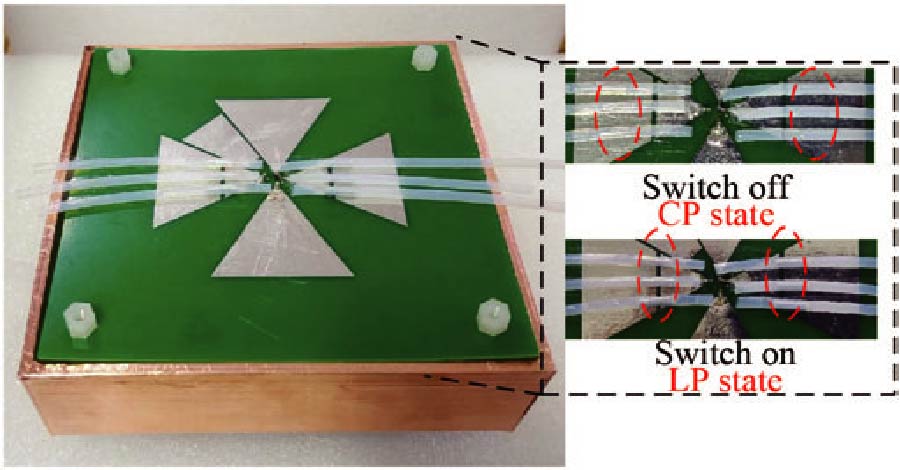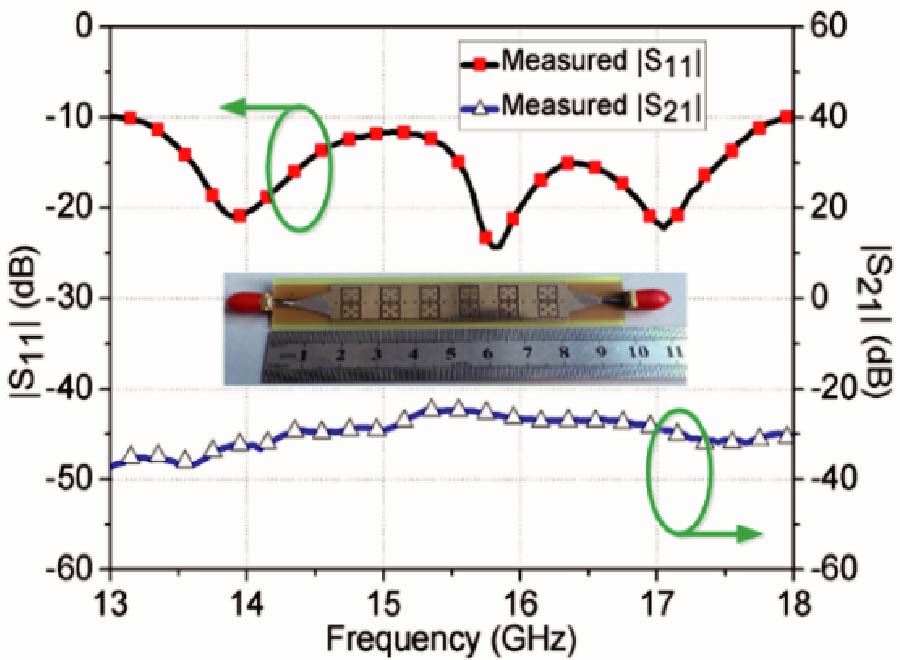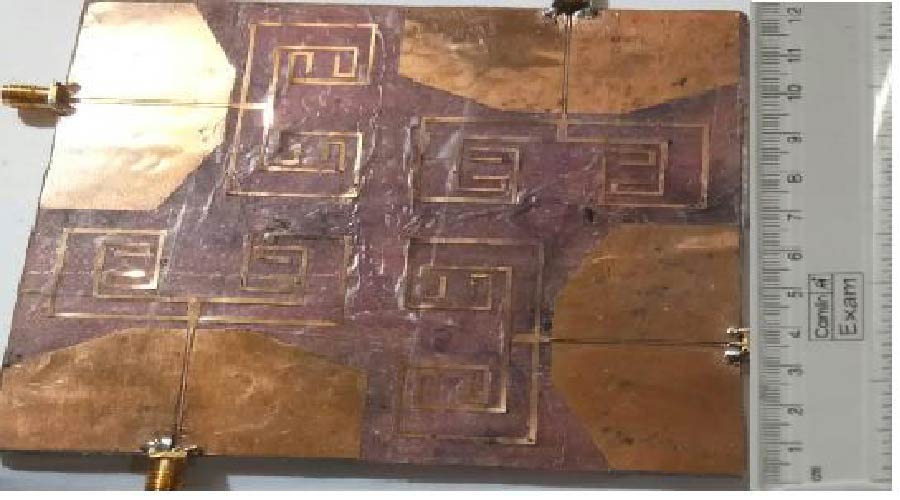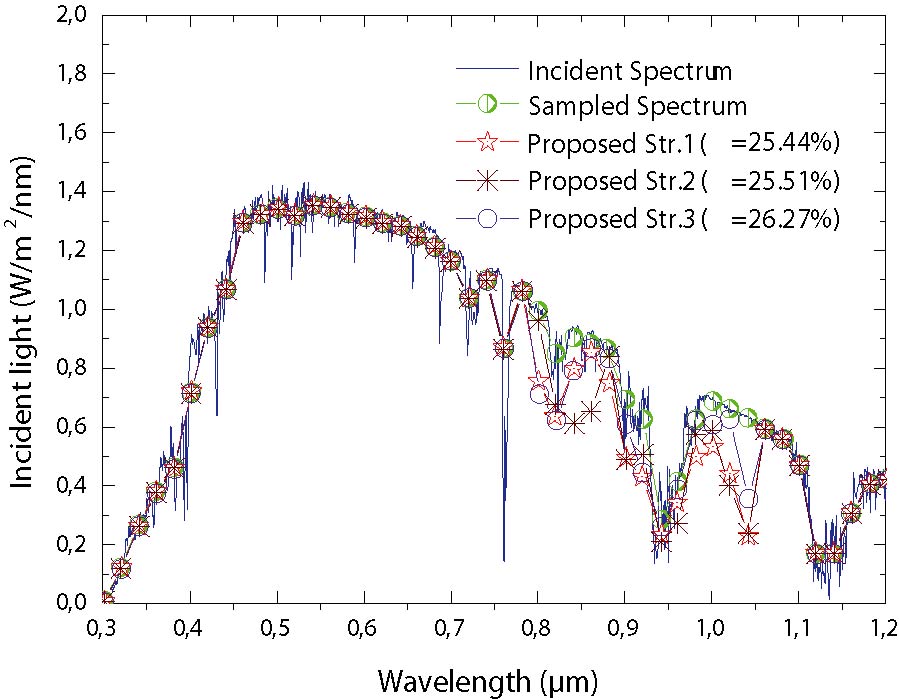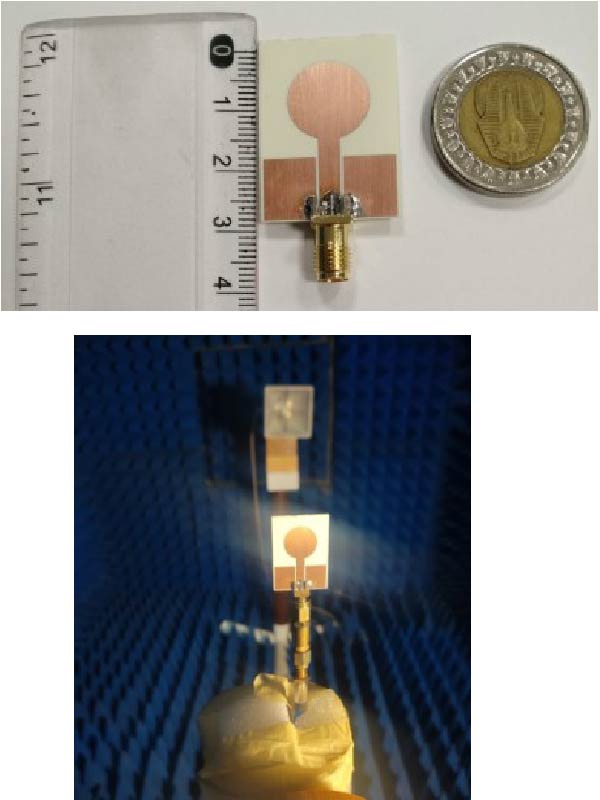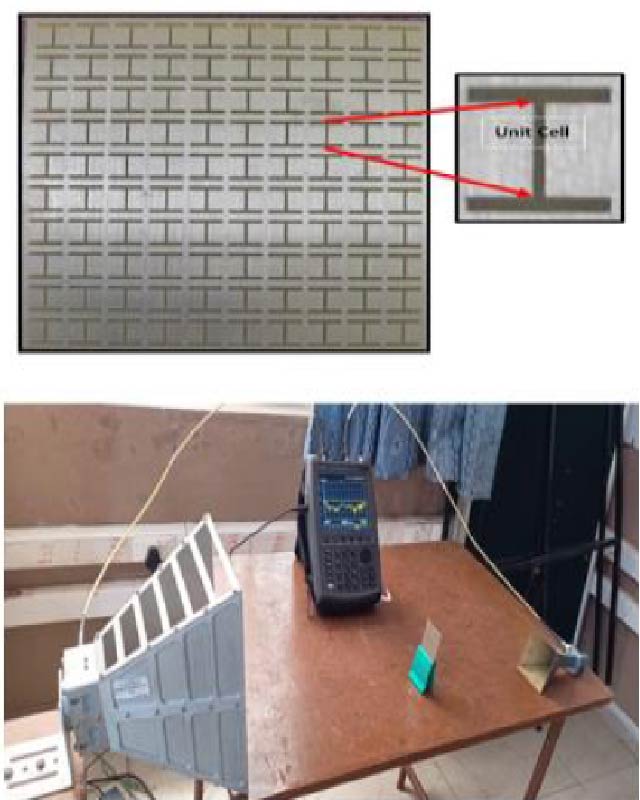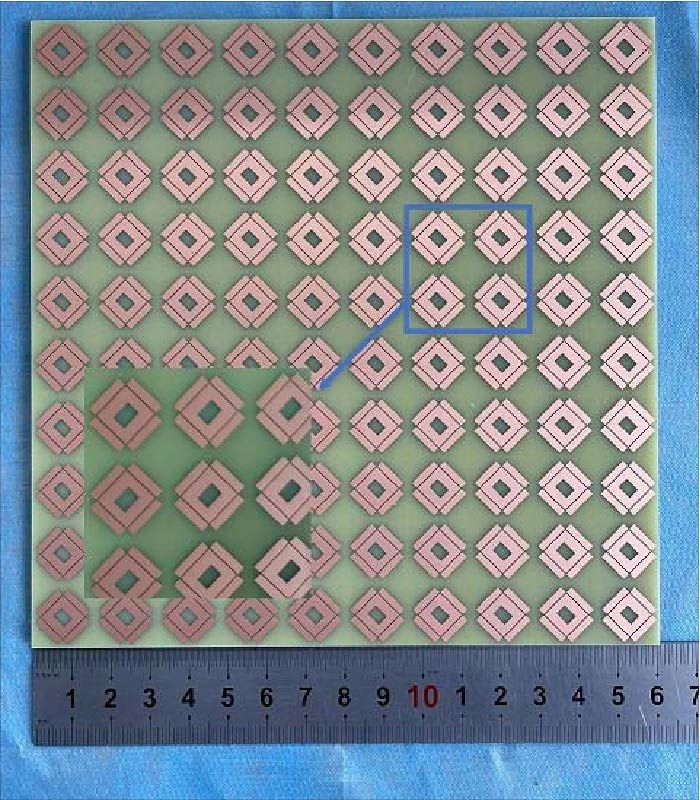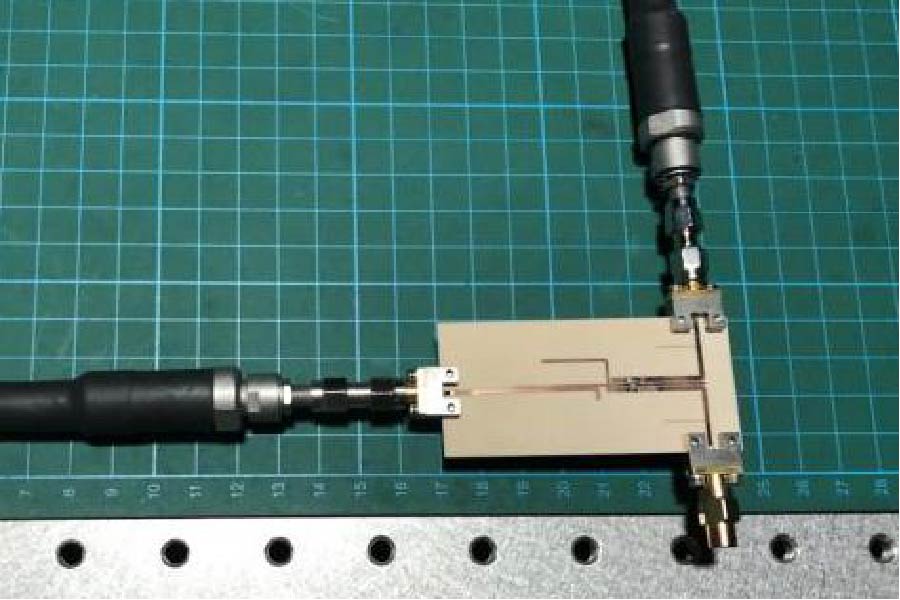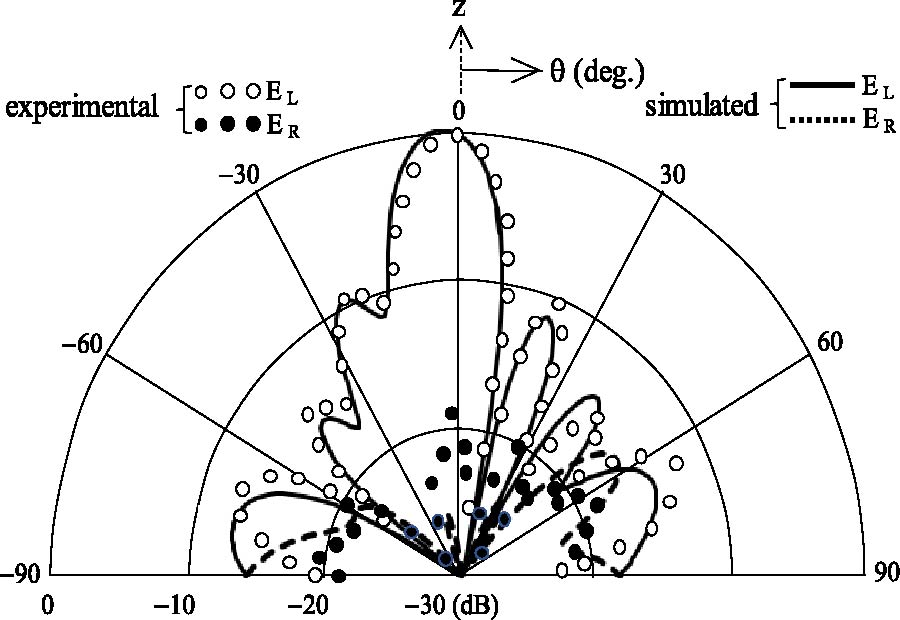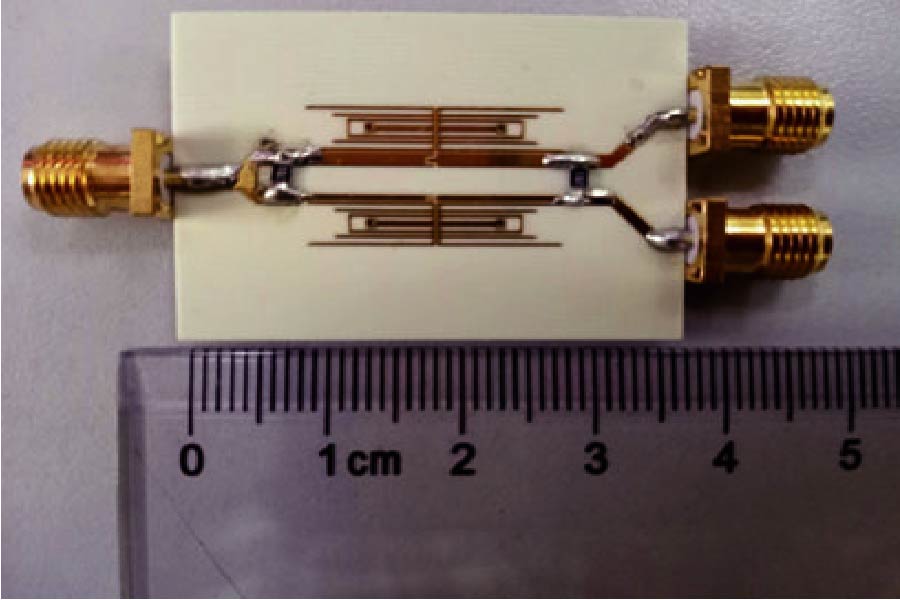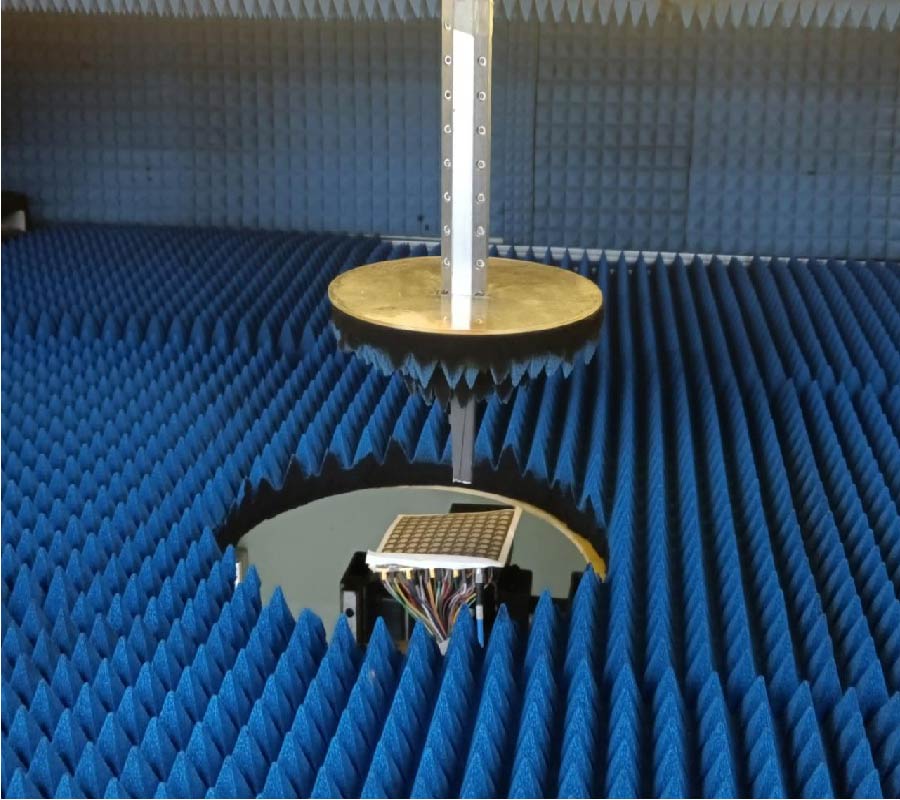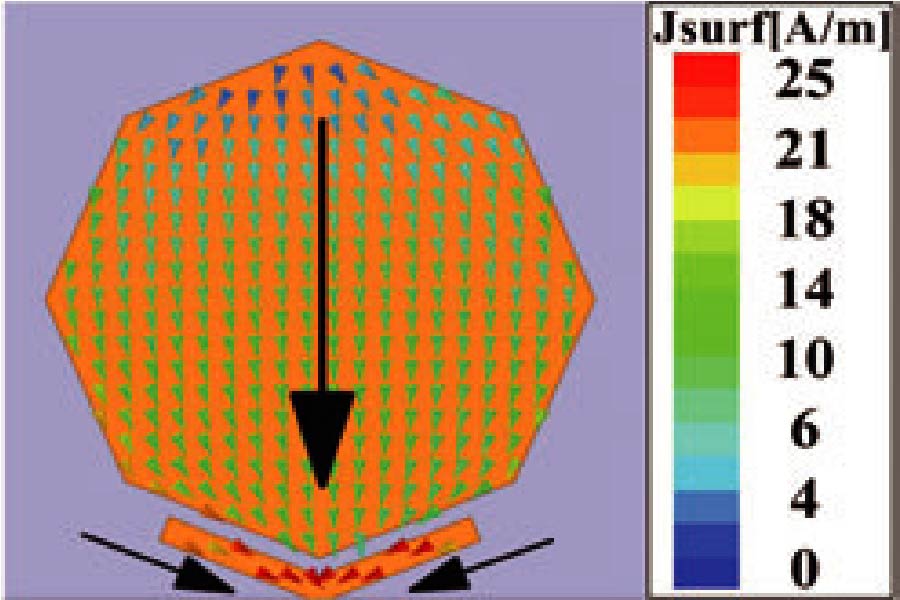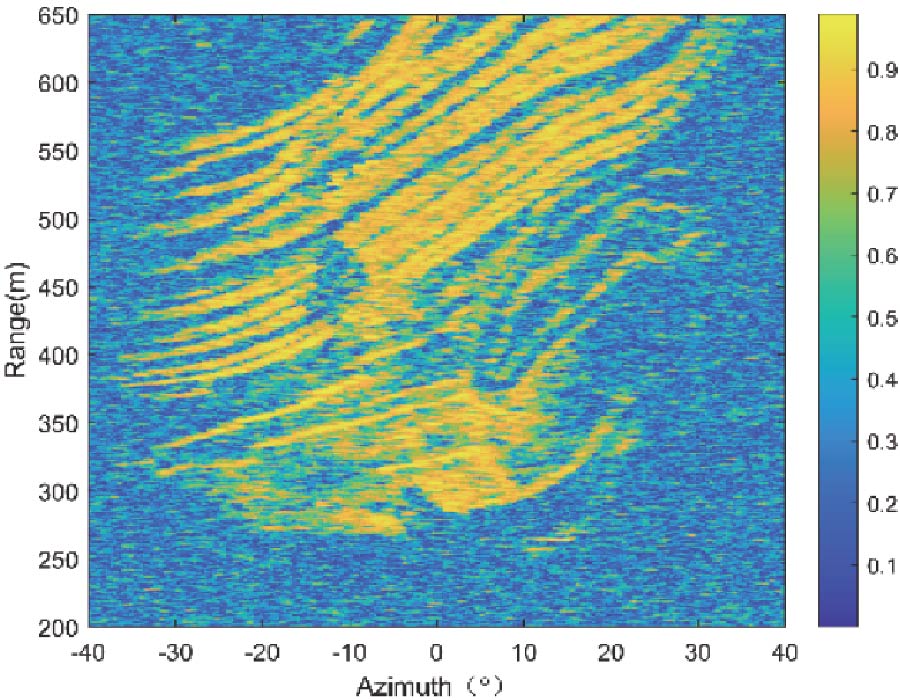Landslide Area Identification and Detection Method Based on Micro-Variation Monitoring Radar Images
Shaoshuai Zhang
,
Yaolong Qi
,
Pingping Huang
,
Weixian Tan
and
Yuejuan Chen
Micro-variation monitoring radar based on the differential interference principle can monitor objects prone to micro deformation. However, it is easily affected by human and environmental factors to cause the radar image to loss coherence in the long-term monitoring work, thus affecting the normal monitoring of radar. Therefore, it is of great significance to study the change detection method of micro-variation monitoring radar images, which can provide reference information and quantitative analysis for monitoring work. In this paper, a method of landslide area identification and detection based on micro-variation radar image is proposed. Based on the radar coherence coefficient image of time series, the difference image is produced by logarithmic ratio cumulation. The difference map is decomposed and denoised by wavelet transform, and then the final difference map is produced by reconstructing the processed wavelet coefficients. Finally, the improved K-means is used to cluster the difference map to get the change detection result image. The actual monitoring data of a mining area is used for variation detection. The results show that the proposed method retains the detailed information of the change area and removes a lot of noise. The difference map is easier to cluster, and the clustering result is more accurate.
